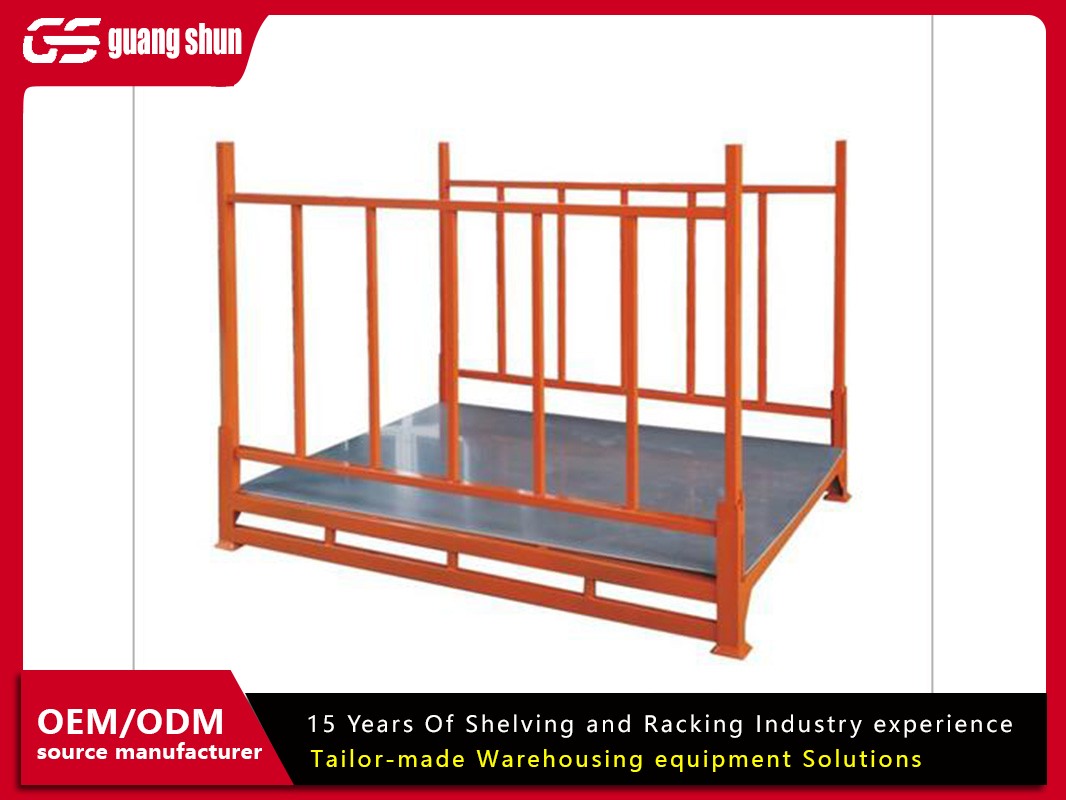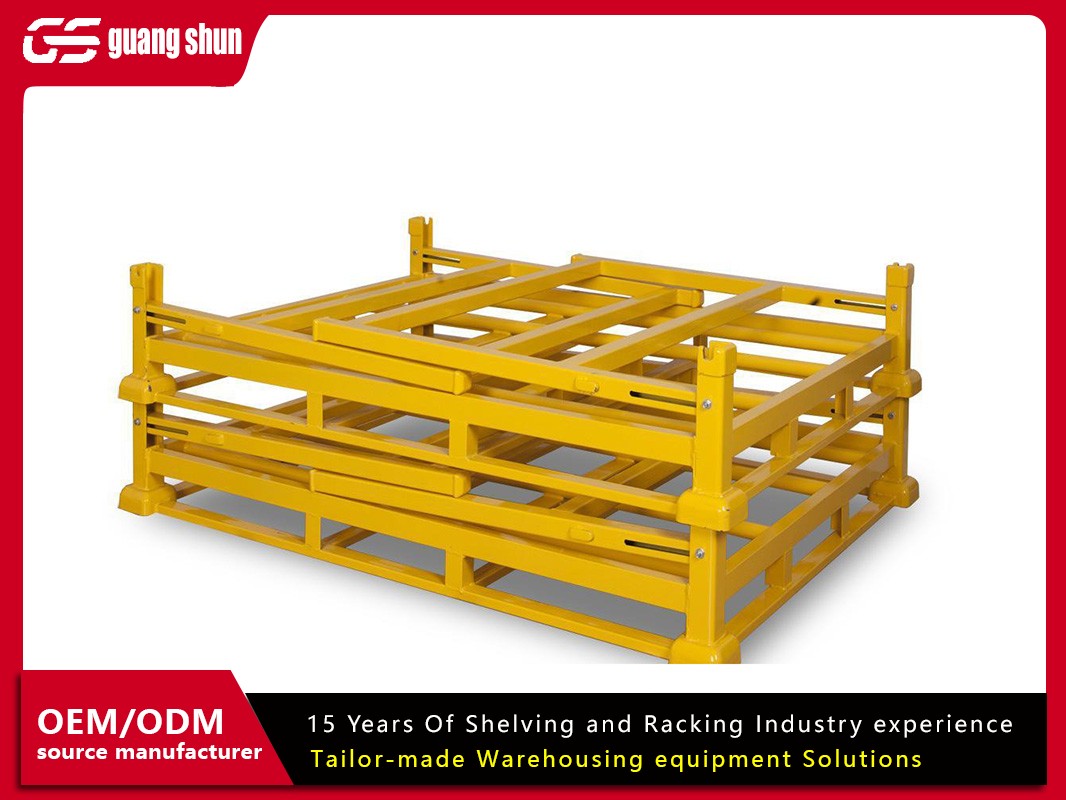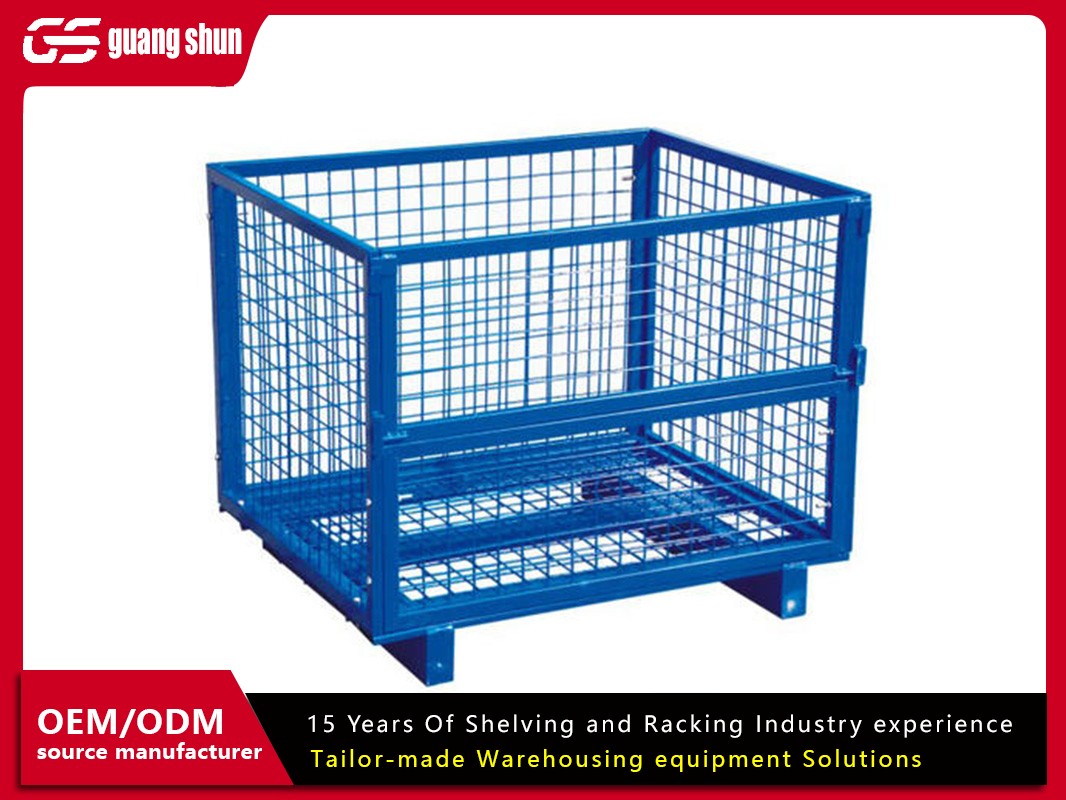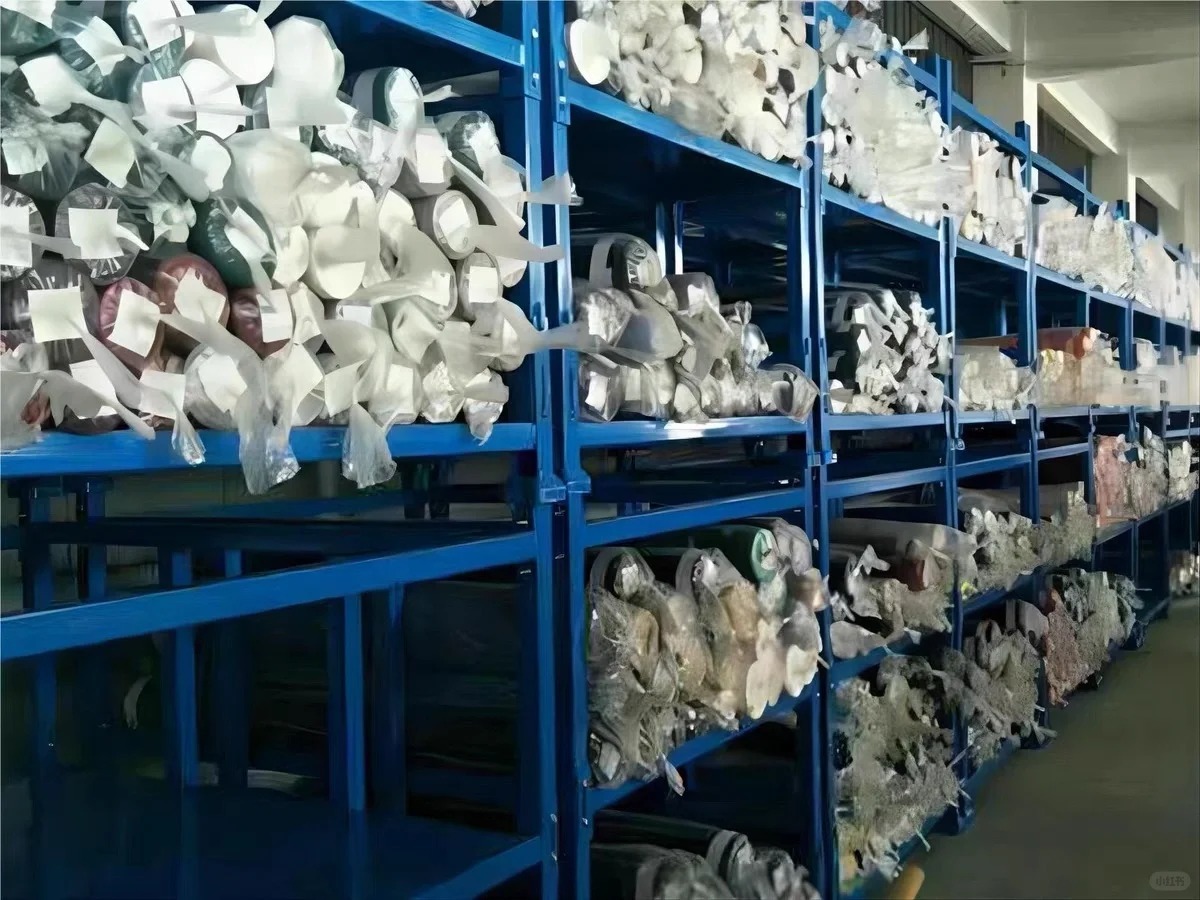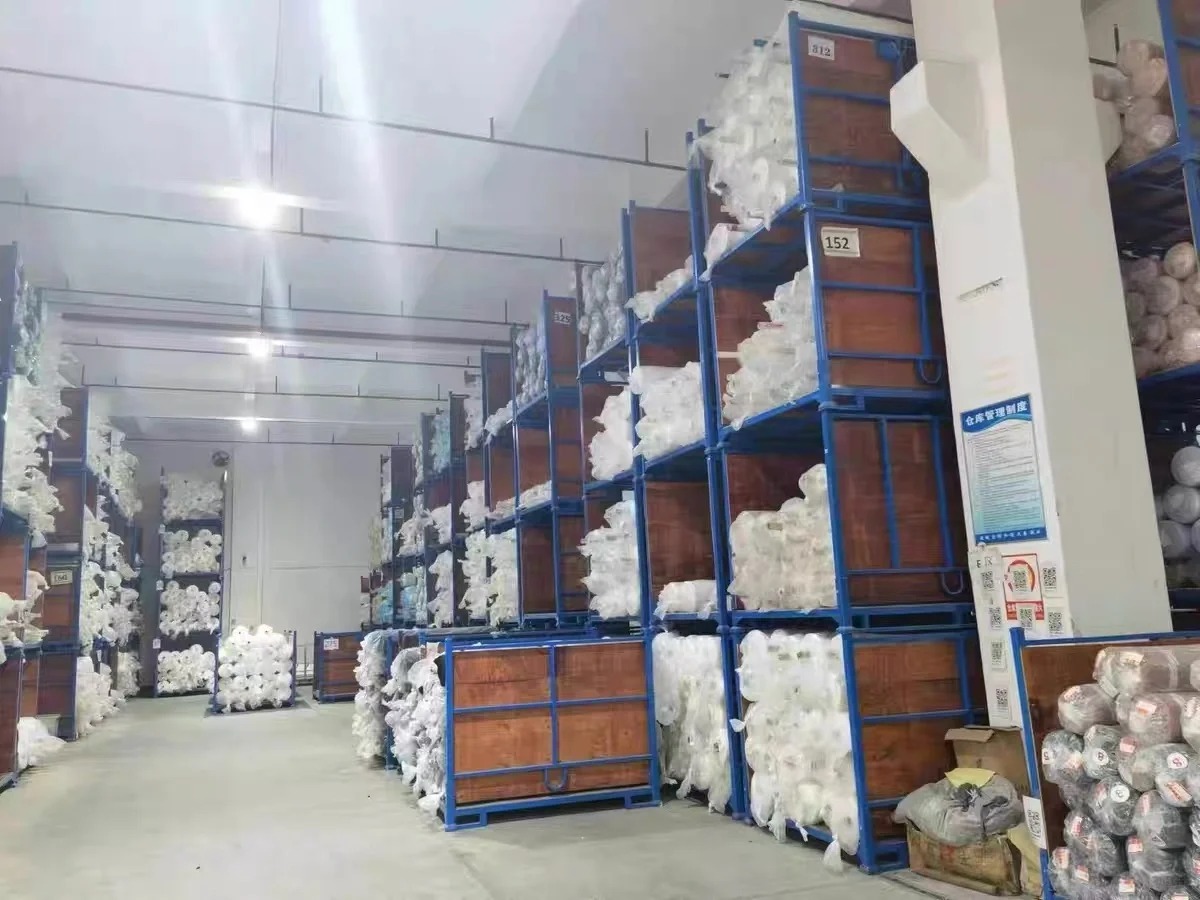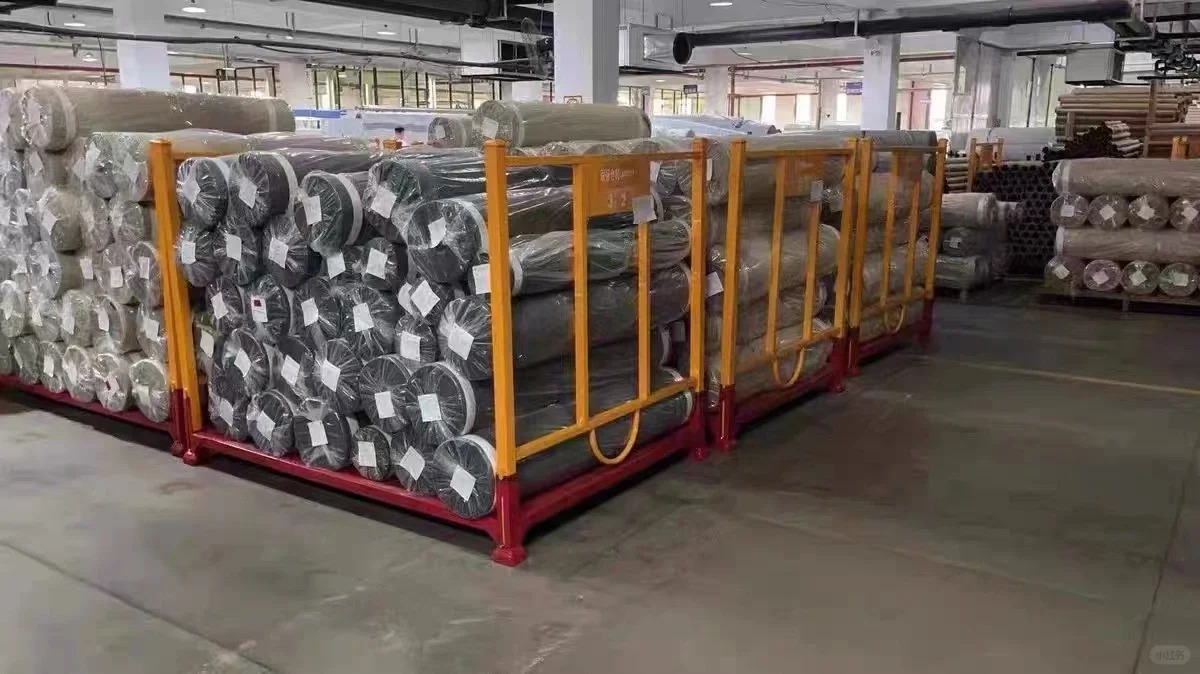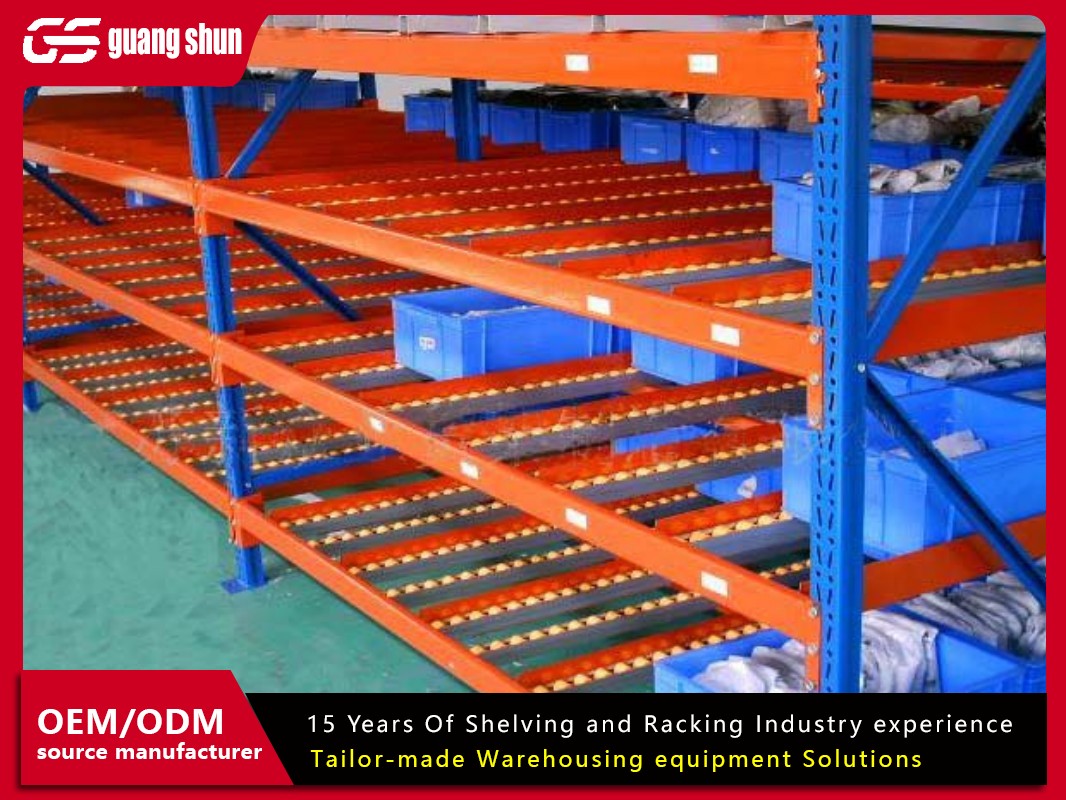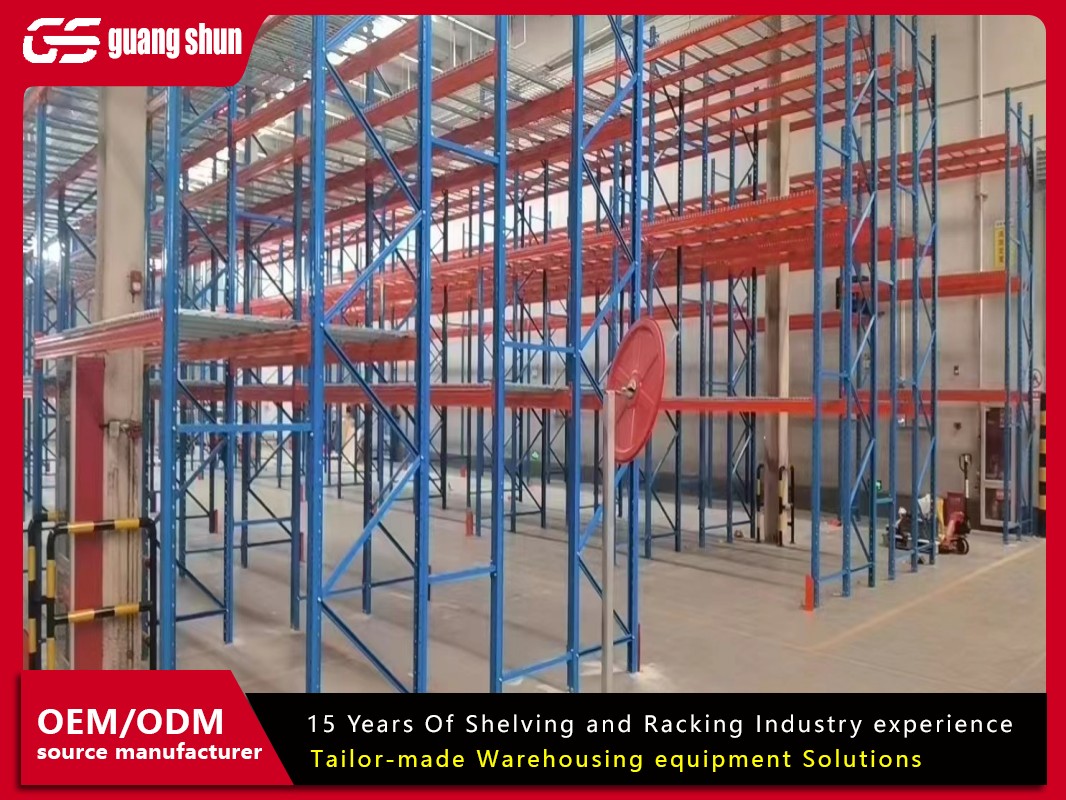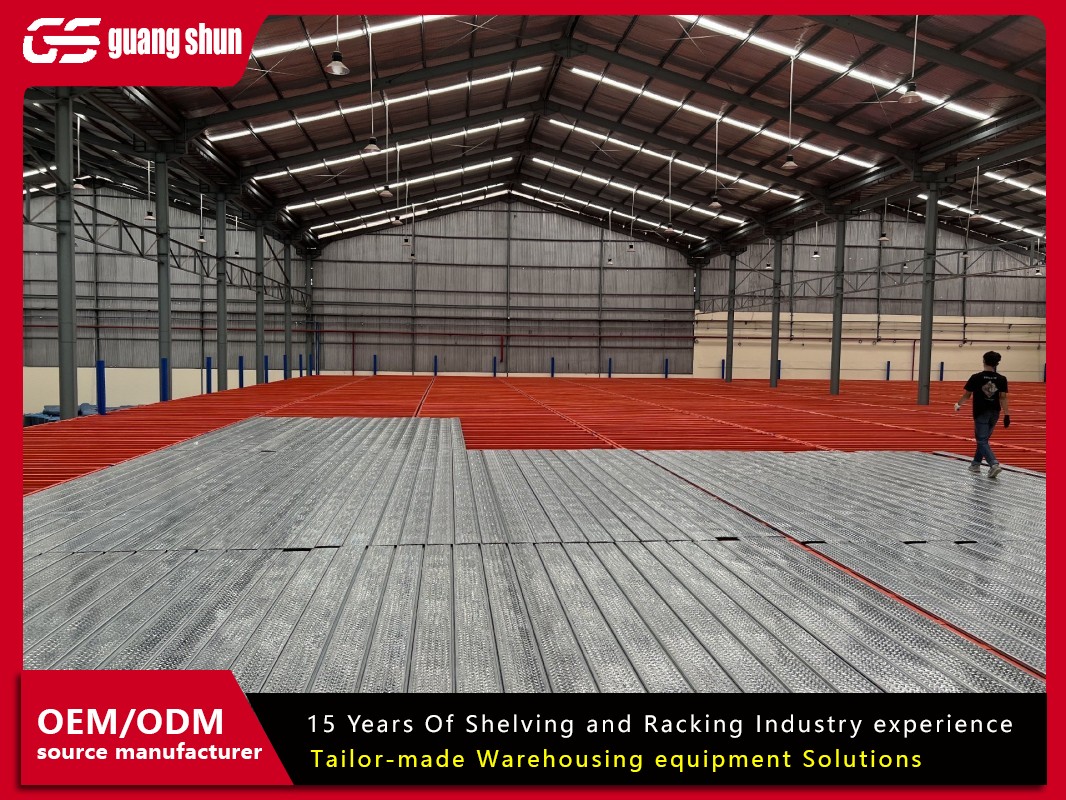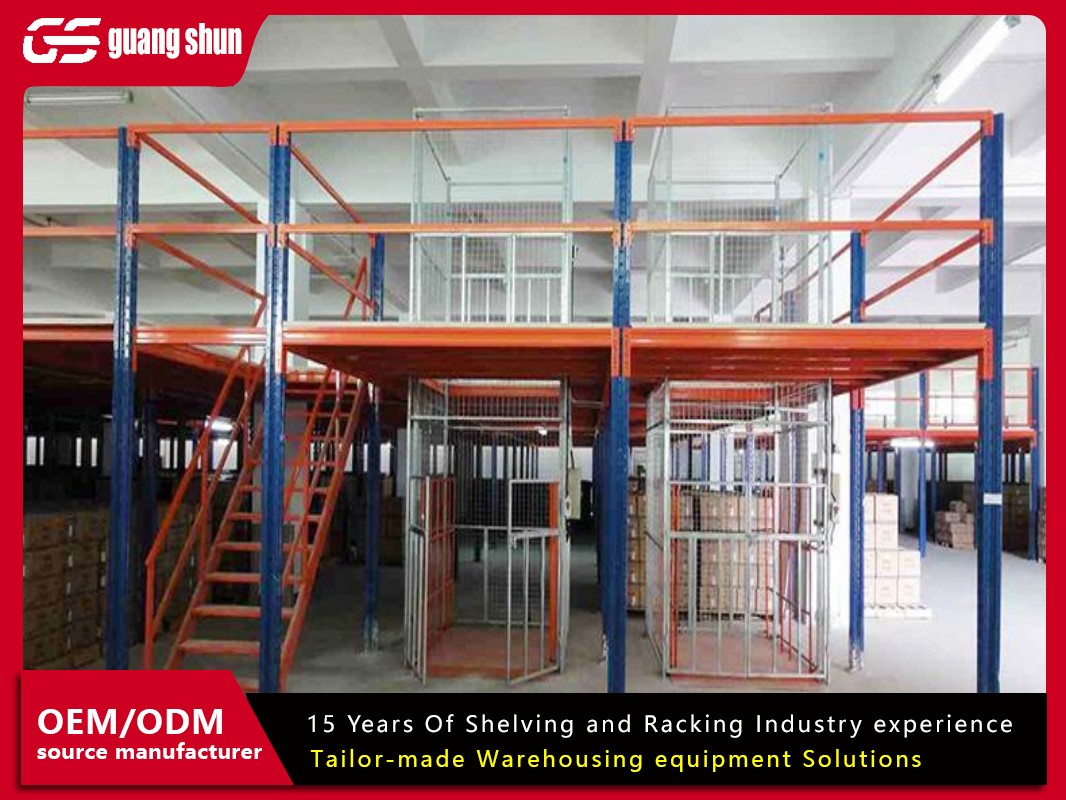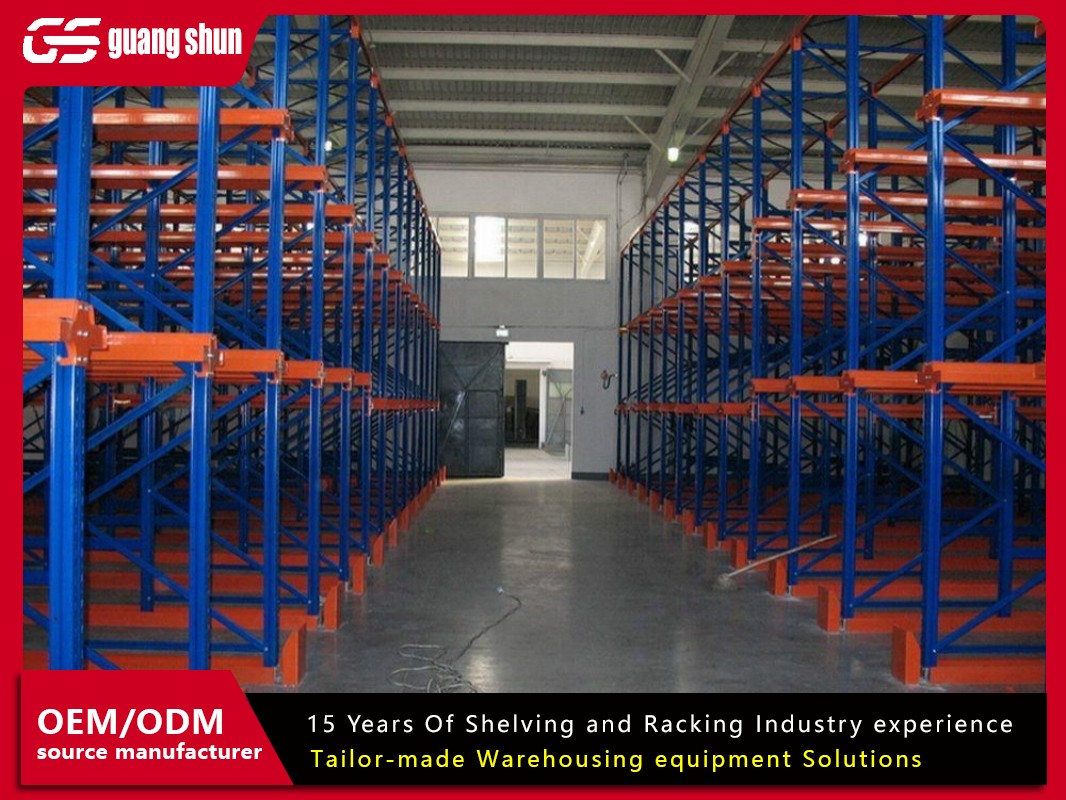A stacking rack is a type of storage rack designed to maximize vertical space by allowing items to be stacked on top of each other. These racks are commonly used in warehouses, manufacturing facilities, retail stores, and other storage environments to efficiently store and organize a variety of products.
Stacking racks are typically made of durable materials such as steel or aluminum to withstand heavy loads and frequent use. They are often equipped with features such as removable sides, mesh decking, and fork pockets to facilitate loading and unloading with forklifts or pallet jacks.
One of the main benefits of stacking racks is their ability to be stacked when not in use, saving valuable floor space. This makes them ideal for facilities with limited space or fluctuating storage needs. Additionally, stacking racks are versatile and can be easily reconfigured to accommodate different inventory sizes and shapes.
Stacking racks come in a variety of configurations to suit different storage requirements. Some common types include:
1. Post-style stacking racks: These racks consist of vertical posts with horizontal beams that can be easily adjusted to create custom storage levels. They are ideal for storing palletized goods and can be stacked up to several levels high.
2. Nestable stacking racks: These racks are designed to nest inside each other when empty, reducing storage space when not in use. They are often used for storing lightweight or bulky items that can be easily accessed from all sides.
3. Stackable wire racks: These racks are made of wire mesh panels and are lightweight yet sturdy. They are commonly used for storing smaller items or products that require ventilation, such as produce or textiles.
4. Portable stacking racks: These racks are mounted on wheels or casters for easy mobility within a facility. They are commonly used for transporting goods between different workstations or storage areas.
Overall, stacking racks offer a cost-effective and space-saving solution for storing and organizing products in a variety of industrial and commercial settings. Their versatility, durability, and ease of use make them a popular choice for businesses looking to maximize their storage efficiency. Whether used for temporary storage, long-term inventory management, or transportation, stacking racks are a practical and efficient storage solution for businesses of all sizes.
Below are the typical specifications of stacking racks:
1. Material
- Frame: Typically made of durable steel or heavy-duty plastic.
- Shelves: Wire mesh, particleboard, or steel sheets.
- Purpose: Ensures durability and stability for storing various types of goods.
2. Load Capacity
- Per Shelf: Ranges from 100 kg to 500 kg (220 lbs to 1,100 lbs), depending on the design and material.
- Overall Capacity: Varies based on the number of shelves and the strength of the frame.
- Purpose: Designed to handle lightweight to medium-weight loads, making them suitable for a wide range of products.
3. Dimensions
- Height: Typically ranges from 1.5 meters to 3 meters (5 to 10 feet).
- Width: Ranges from 0.5 meters to 1.5 meters (1.6 to 5 feet).
- Depth: Ranges from 0.3 meters to 0.8 meters (1 to 2.6 feet).
- Purpose: Compact and modular design allows for flexible use in various spaces.
4. Number of Shelves
- Standard: 3 to 5 shelves per unit.
- Customizable: Can be adjusted or expanded based on storage needs.
- Purpose: Provides multiple levels of storage to maximize vertical space.
5. Adjustability
- Shelves: Adjustable heights to accommodate different product sizes.
- Purpose: Offers flexibility to store items of varying heights and shapes.
A stacking rack is a type of storage rack designed to be stacked on top of each other for space-saving storage of goods and materials. They are typically made of steel and have a sturdy construction to support heavy loads. Stacking racks are commonly used in warehouses, distribution centers, and manufacturing facilities to maximize storage space and organization.
2. How does a stacking rack work?
A stacking rack is a type of storage rack that can be easily stacked on top of each other to maximize space. It typically has posts on each corner that allow for secure stacking. The racks are designed to be stable when stacked and can be easily disassembled and moved as needed. This type of rack is commonly used in warehouse and industrial settings to store and organize materials or products.
3. What are the advantages of stacking racks?
The advantages of stacking racks include:
1. Maximizing vertical storage space: Stacking racks allow for efficient use of vertical space in a warehouse or storage facility, helping to increase storage capacity without the need for expanding the floor space.
2. Improved organization: Stacking racks help to keep inventory organized and easily accessible, reducing the time spent searching for specific items and improving overall efficiency.
3. Easy to assemble and disassemble: Stacking racks are typically easy to assemble and can be quickly disassembled when not in use, making them a flexible storage solution.
4. Versatility: Stacking racks can be used for a variety of different products and can be customized to meet specific storage needs, making them a versatile storage solution for different industries.
5. Cost-effective: Stacking racks are a cost-effective storage solution compared to traditional shelving or pallet racking systems, offering a lower initial investment and lower maintenance costs over time.
4. What are stack racks used for?
These racks are designed with the intention of holding products that do not fit on traditional pallet racks or shelving units, like large bulky items such as furniture pieces or heavy equipment.
5. What is the difference between racking and stacking?
Floor stacking does not require any type of storage equipment. Stocks are placed directly on the floor and stacked to a maximum stable storage height. Pallet racking is more flexible than floor stacking because it provides greater access to stored goods, allowing for faster retrieval times.
Get Free Quote
Contact us to get a free quote and more expertise about

